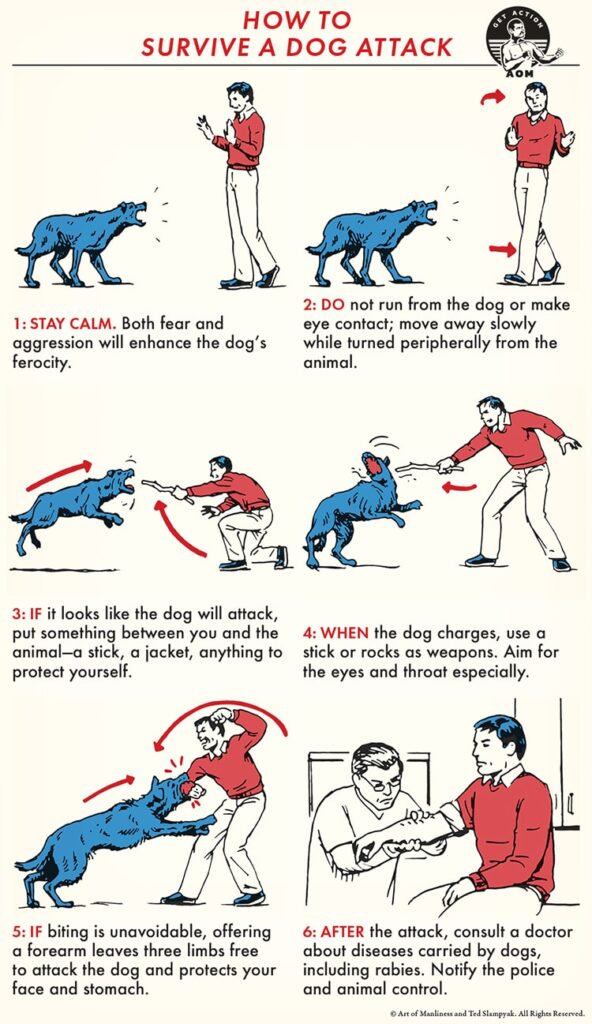Becoming a parent is one of life’s greatest adventures—full of joy, discovery, and, yes, a fair share of challenges. While no handbook can cover every curveball, there are three foundational skills that will serve you and your child through those early, formative years. Mastering these not only keeps your little one safe but also builds your confidence as a caregiver.
1. Safe & Ergonomic Crib Setup
A well‑configured crib is more than furniture—it’s your baby’s first bedroom sanctuary and plays a crucial role in their safety and your daily comfort.
- Correct Height Adjustment
• Infant Stage: Set the mattress at its highest level (often around 8–10 inches below the top of the rail) so you can easily reach in without bending—and avoid straining your back.
• Toddler Stage: As soon as your child can sit or stand unassisted, lower the mattress to its lowest setting (typically at least 26 inches from the mattress support to the top of the rail, per CPSC guidelines) to prevent falls. - Safety Standards Checklist
• Slat spacing: No wider than 2⅜ inches to prevent entrapment.
• No drop‑side mechanisms: These have been banned—opt for a fixed‑rail model.
• Firm, snug mattress: No gaps larger than two fingers between mattress and frame. - Ergonomics for You
• Keep changing supplies (diapers, wipes, pajamas) within arm’s reach—either a nearby dresser or an organizer clipped to the crib rail.
• Use a supportive back brace or maintain good posture when lifting your baby in and out.
2. Basic Infant First Aid & CPR
Emergencies can strike without warning. By learning infant‑specific first aid and CPR, you become your child’s first—and best—line of defense.
- Infant CPR Essentials
- Check responsiveness: Tap the bottom of the foot gently—if no response, call for help (dial 911).
- Chest compressions: Two fingers on the center of the chest, 1.5 inches deep, at a rate of 100–120 compressions per minute.
- Rescue breaths: Cover your mouth and their nose, give two gentle puffs (just enough to see the chest rise).
- Choking Response
• If the baby can’t cry or cough, place them face‑down on your forearm, deliver up to five firm back blows between the shoulder blades, then flip face‑up and deliver up to five chest thrusts (two‑finger compressions). Repeat until the object clears or help arrives. - Everyday First Aid
• Scrapes & bruises: Clean with mild soap and water, apply a small bandaid or sterile gauze.
• Minor burns: Cool the area under running water for 10–20 seconds, then cover with a clean, dry dressing.
• Fever management: Use age‑appropriate dosing of infant acetaminophen or ibuprofen (consult your pediatrician first).
Tip: Enroll in a certified infant CPR and first aid course—many local hospitals and community centers offer hands‑on training.
3. Nutrition & Preventive Healthcare
Proper nutrition and proactive medical care lay the groundwork for your child’s development—physically and cognitively.
- Feeding Fundamentals
• 0–6 months: Exclusive breastfeeding (or formula per pediatric guidance).
• 6–12 months: Introduce single‑ingredient purees (vegetables first, then fruits), observing for allergies.
• 12+ months: Transition to family foods—soft fruits, cooked vegetables, lean proteins—while maintaining a balance of grains, dairy, and healthy fats. - Building Lifelong Habits
• Model healthy eating: Sit and eat the same foods your toddler is served, reinforcing positive mealtime rituals.
• Hydration matters: Offer small sips of water throughout the day, especially once solids are introduced. - Preventive Checkups & Vaccinations
• Keep a well‑child visit schedule: newborn, 1‑month, 2‑month, 4‑month, 6‑month, 9‑month, 12‑month, 15‑month, 18‑month, 2‑year, and annual thereafter.
• Follow the CDC’s immunization schedule to stay up to date on vaccines that guard against serious childhood illnesses. - Hygiene & Sleep
• Teach gentle toothbrushing as soon as the first tooth erupts—use a soft infant brush and a rice‑grain–sized smear of fluoride toothpaste.
• Establish a consistent bedtime routine (bath, book, lullaby) to promote healthy sleep habits—aim for 12–16 hours of total sleep including naps in the first year.
Parenting Is a Skill—and Practice Makes Progress
No one is born a perfect parent. Setting up a safe crib, learning infant CPR, and managing nutrition and healthcare are skills you’ll refine over time. Remember:
- Practice regularly: Rehearse CPR maneuvers on a training doll every few months to build muscle memory.
- Stay curious: Consult reputable sources—American Academy of Pediatrics, CPSC, and your pediatrician—when new questions arise.
- Lean on your village: Share your experiences with other parents, join local or online support groups, and don’t hesitate to ask for help.
By mastering these three essentials, you’ll not only keep your baby safe and healthy but also ease anxiety and gain confidence in your parenting journey. Here’s to the rewarding—and sometimes messy—adventure ahead!






